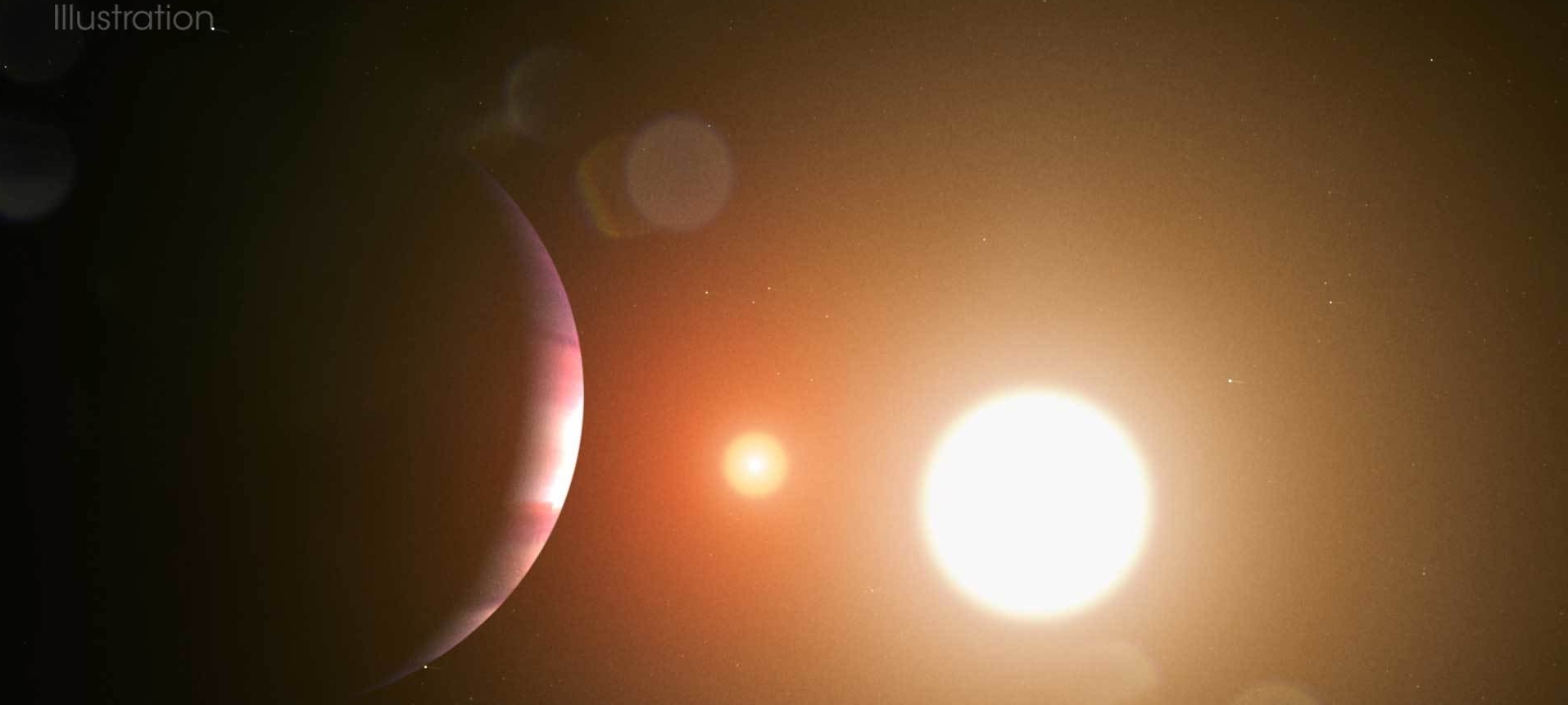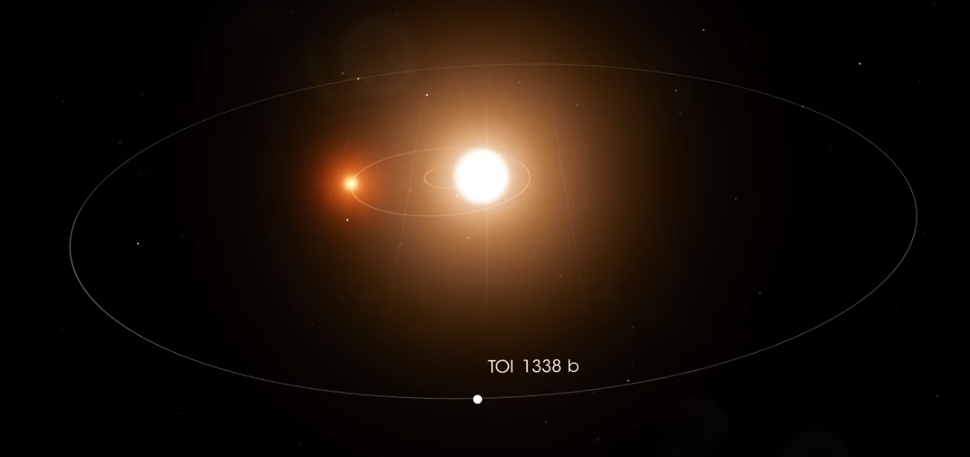
If you haven’t seen it, there is a viral story about a high school student, Wolf Cukier, who made a significant discovery. During a summer internship, he was looking through data that had already been flagged as coming from binary star systems. In these systems, two stars orbit one another. While this may sound unusual, most stars in the universe (as far as we can tell, anyway) are a part of a system in which two or more stars orbit one another. Solitary stars like our sun are the exception, not the rule.
In most binary star systems, one star is much brighter than the other. As a result, if earth’s orbit is aligned with the orbital paths of the two stars in a binary star system, when the dimmer star passes between earth and the brighter star, the light we get from that star system gets dimmer. This is called an eclipsing binary. The data that Wolf Cukier was studying had already been noted as representing eclipsing binaries, but Wolf noticed another periodic dimming in the light coming from a binary star system charmingly named “TOI 1338.” The dimming was weaker than the dimming seen from the eclipsing binary, but it was regular. It was determined that this weak dimming was the result of a planet coming between earth and the brighter star in the binary system. In other words, this young man had found a planet orbiting two stars! Such planets are rare, but not unheard of. There were seven such planets confirmed before this one, but this is the first one discovered using this particular telescope, which is called TESS.
If you can’t quite visualize what is going on here, NASA has made a helpful animation, which I have included below. As you can see from the animation, when the dimmer star in the system passes between earth and the brighter star, the amount of light earth receives from the system decreases a lot. When the planet comes between earth and the brighter star, it dims a little.
The student and several scientists have co-authored a paper that has been submitted for publication. Years ago, I had a high school student co-author a scientific paper with me because of a discovery she made under my supervision, and it was very exciting. I hope that their paper gets published as well!
The reason I am blogging about this is because a reader asked me to explain the physics behind the situation. How can a planet orbit two stars? There are two major reasons, and they are both illustrated in this image, which comes from the animation above.

Notice first that the planet (labeled TOI 1338 b) is far from both stars. So the stars orbit one another inside the orbit of the planet. This makes the orbit more stable, because both stars are pulling on the planet in roughly the same direction. Each star is actually pulling the planet towards itself, but in each case, that’s still to the inside of the planet’s orbit. Thus, the two gravitational pulls don’t fight one another too much.
That brings me to the second major reason this planet’s orbit is stable. The two stars have very different masses. In the image, one of the stars is small, and the other is large. The large one has more than three times the mass of the small one. As a result, on average, the planet feels the stronger gravitational force pulling it to the large star. In other words, the large star tends to dominate the system. Also, notice the circles drawn with each star. Those are the paths the stars travel in the system. So even though both stars are moving in circles (technically, ellipses), the large star’s circle is small. That means the dominate gravitational pull is from the star that is not moving a lot. Once again, that makes the planet’s orbit more stable.
Now please understand that even though the orbit is stable, there are consequences to the fact that there are two stars orbiting each other inside. While the large star’s gravitational pull dominates the system, the small star still has a gravitational pull. When the small star and the planet are close together, the small star tugs on the planet more. When the small star and planet are farther from one another, the small star tugs less. This should cause the planet to deform, making it less spherical when it is close to the small star and more spherical when it is far from the small star.
Of course, if the planet were not far from the two stars, or if the two stars were more evenly matched when it comes to mass, it would be difficult to find a stable orbit for the planet.

My congratulations to Mr. Culker! Beautiful and thank you for sharing. I posted this page on Youtube and will post it on FaceBook, as well.